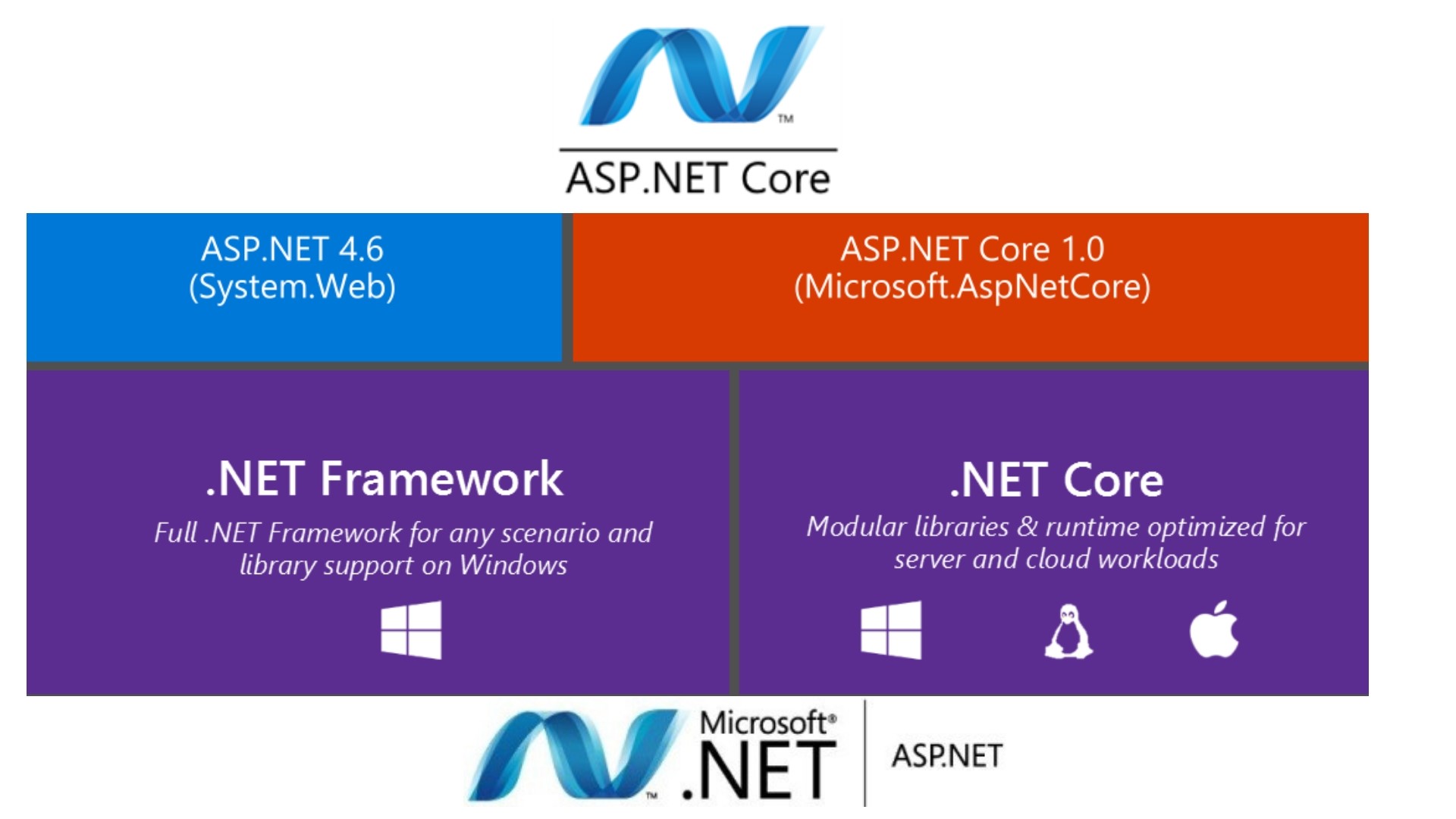
You can take advantage of filters to track web page visits or validate the request parameters. A filter runs before or after the execution of an action method.
ASP NET CORE VERSIONS CODE
Filters in minimal APIsįilters let you execute code during certain stages in the request processing pipeline. Their Content-Encoding header values are br, deflate, and gzip, respectively. The default decompression providers are the Brotli, Deflate, and Gzip compression formats. var builder = WebApplication.CreateBuilder(args) ī() Īpp.MapPost("/", (HttpRequest httpRequest) => Results.Stream(httpRequest.Body)) The code snippet below shows how you can enable request decompression for the default Content-Encoding types.

Note that the request decompression middleware ignores requests without a Content-Encoding header. This is followed by the removal of the Content-Encoding header, which indicates that the request body is no longer compressed. In response to an HTTP request that matches the Content-Encoding header value, the middleware encapsulates the HttpRequest.Body in a suitable decompression stream using the matching provider. It works by using a Content-Encoding HTTP header to identify and decompress compressed content in HTTP requests. This eliminates the need to write code explicitly to decompress requests with compressed content. (options =>ĪSP.NET Core 7 includes a new request decompression middleware that allows endpoints to accept requests that have compressed content. Once the rate-limiting middleware has been installed, include the code snippet given below to your Program.cs file to add rate limiting services with the default configuration. dotnet add package Īlternatively, you can add this package to your project by running the following command in the NuGet package manager console or console window: Install-Package To get started using this built-in middleware, add the NuGet package to your project by executing the following command at the Visual Studio command prompt. You can use the rate-limiting middleware with ASP.NET Core Web API, ASP.NET Core MVC, and ASP.NET Core Minimal API apps. This middleware is particularly useful for public-facing web applications that are susceptible to such attacks. You can configure rate-limiting policies and then attach those policies to the endpoints, thereby protecting those endpoints from denial-of-service attacks.

The middleware in ASP.NET Core 7 can help you enforce rate limiting in your application. The term for this capability is rate limiting. You can prevent denial-of-service attacks, for example, by limiting the number of requests coming from a single IP address in a given period of time.

var builder = WebApplication.CreateBuilder(args) Īpp.MapGet("/", () => "Hello World!").CacheOutput() Ĭontrolling the rate at which clients can make requests to endpoints is an important security measure that allows web applications to ward off malicious attacks. Then, to add a caching layer to an endpoint, you can use the following code. To add the middleware to the request processing pipeline, call the IApplicationBuilder.UseOutputCache extension method. To add the output caching middleware to the services collection, invoke the IServiceCollection.AddOutputCache extension method. ASP.NET Core 7 allows you to use output caching in all ASP.NET Core apps: Minimal API, MVC, Razor Pages, and Web API apps with controllers.


 0 kommentar(er)
0 kommentar(er)
